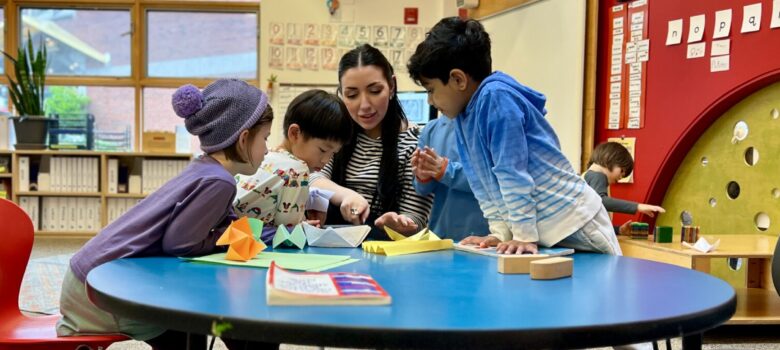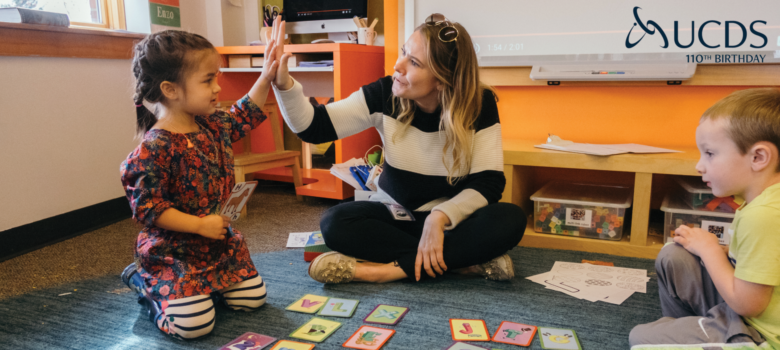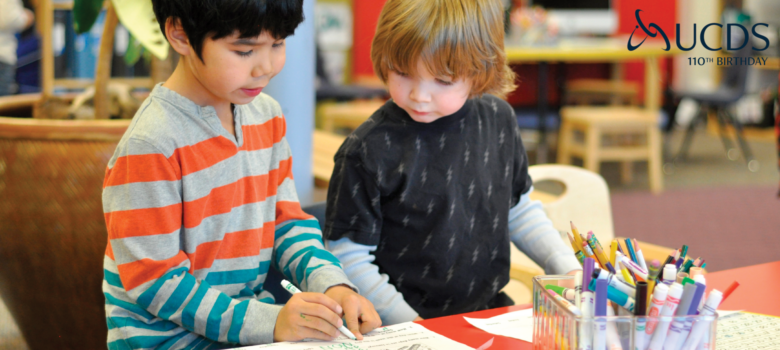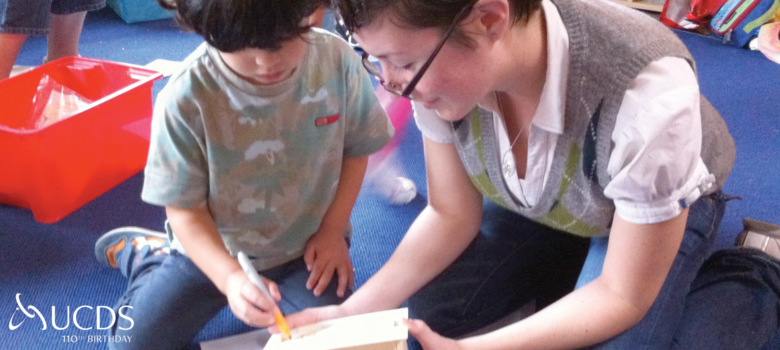Sarah Donahue joins us again to offer a glimpse into an unstructured reading conversation in her classroom and discusses its value. -Ed.
– – – –
“Sarah, what book are you reading now?”
One of my students asked me this question during the last week of school. We were waiting for some of his classmates and had a few minutes of downtime. The rest of the group stopped their conversations with one another and focused their attention on me.
“Yeah! What are you reading?” they inquired.
I should get you caught up – I’m trying to read 52 books this year. I didn’t intentionally share this quest with my class. It came up as an offhanded comment and my class grasped onto this information. They became intrigued by my challenge, bombarding me frequently with questions about my progress, recommendations, and offers to start book clubs.
“I have a few things going,” I responded. “There’s one book I’m loving, but it’s taking me forever because I don’t speak Spanish and it’s intermixed throughout the text. I’m sure I would have a deeper understanding of the book if I did.”
They paused for a moment to consider what I said, surprised and delighted by my honesty. Then the questions resumed. What did I think I was missing out on? How did I choose that book? Was it still worth it? What’s next on my list? They started recommending their favorite books, offering summaries, opinions, and reflections. The room buzzed as their attention moved back to one another, this time focused on their literary lives. They shot questions back and forth and offered to lend each other books.
What has been most surprising about my reading journey this year is the way my individual goal has connected me with others and given me unexpected windows into other people’s reading lives. I was initially wary about sharing my goal with my class. I worried they would think I valued reading speed over comprehension, but the opposite happened. The conversations about my reading were as authentic and valuable as any reading discussion I’ve had. Of course, I was already talking to them about books frequently. As part of our curriculum, we’re constantly talking about books in large groups, small groups, and one-on-ones. There is so much intention behind our reading program and I’m grateful for all the opportunities I already have to talk to kids about literature. These casual conversations added to that base and served as a reminder that there are always new ways to understand people as readers. This new type of dialogue originated from my students and was structured completely by them. Although their questions often started about my reading, every conversation quickly shifted to themselves and each other. Their ownership, ease, and sincerity reflected a deep and genuine love of literature.
That few-minute transition offered us all so much. They practiced summarizing, shared reading preferences, developed thoughtful questions, and glimpsed into the life of an adult reader. I learned more about their unguarded reading lives than I normally get to see during more formalized reading times. I was elated by the deepening bonds of our classroom reading community and gathered plenty of assessment information from listening, but they didn’t know that. They just knew that they were having fun talking about books and had a new list of books to read.
I encourage you to invite the unstructured reading conversation. Ask your friends, family or colleagues what books they recommend and allow the conversation to take you where it will. I have a hunch that you, too, will end up in an unexpected and delightful place.




